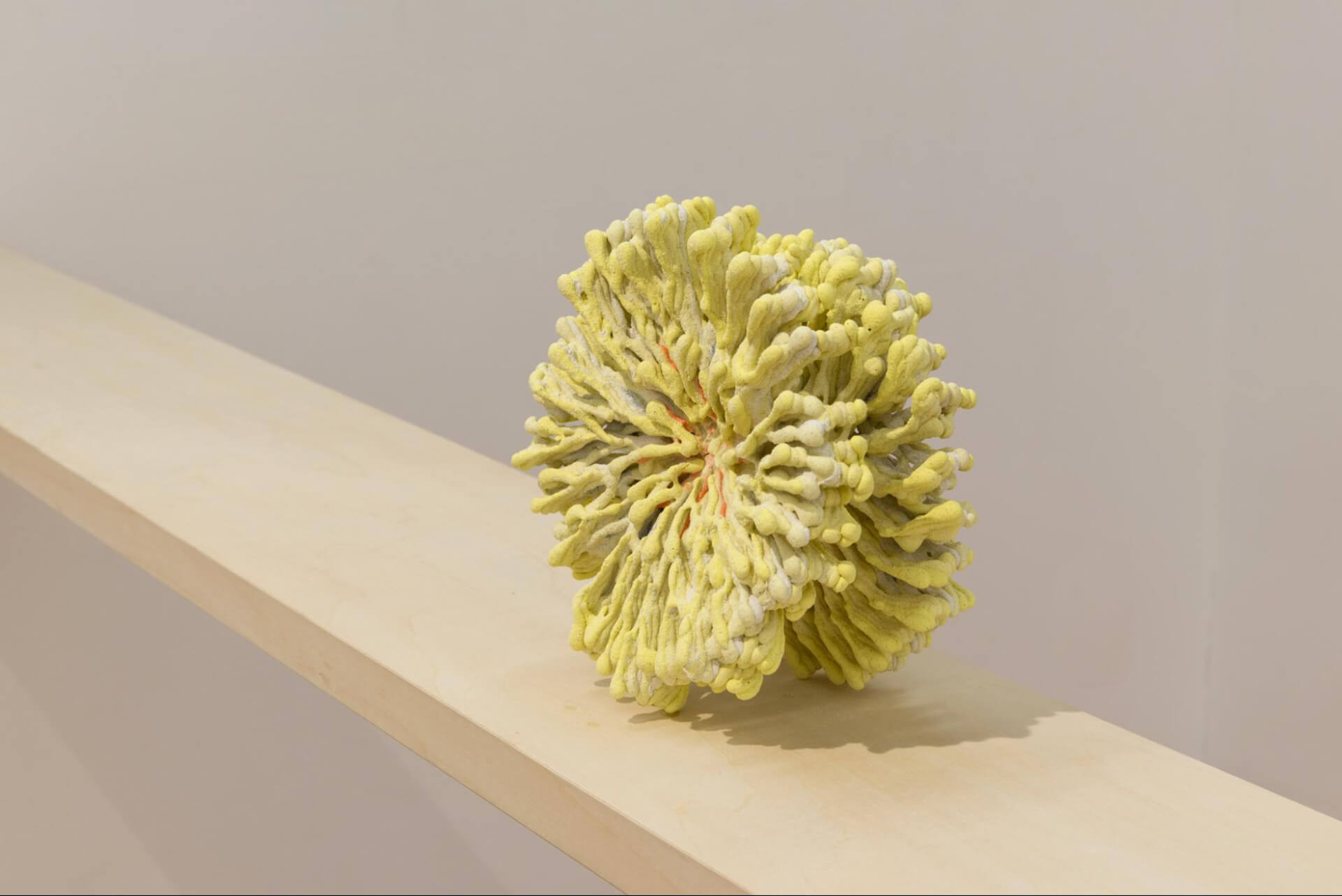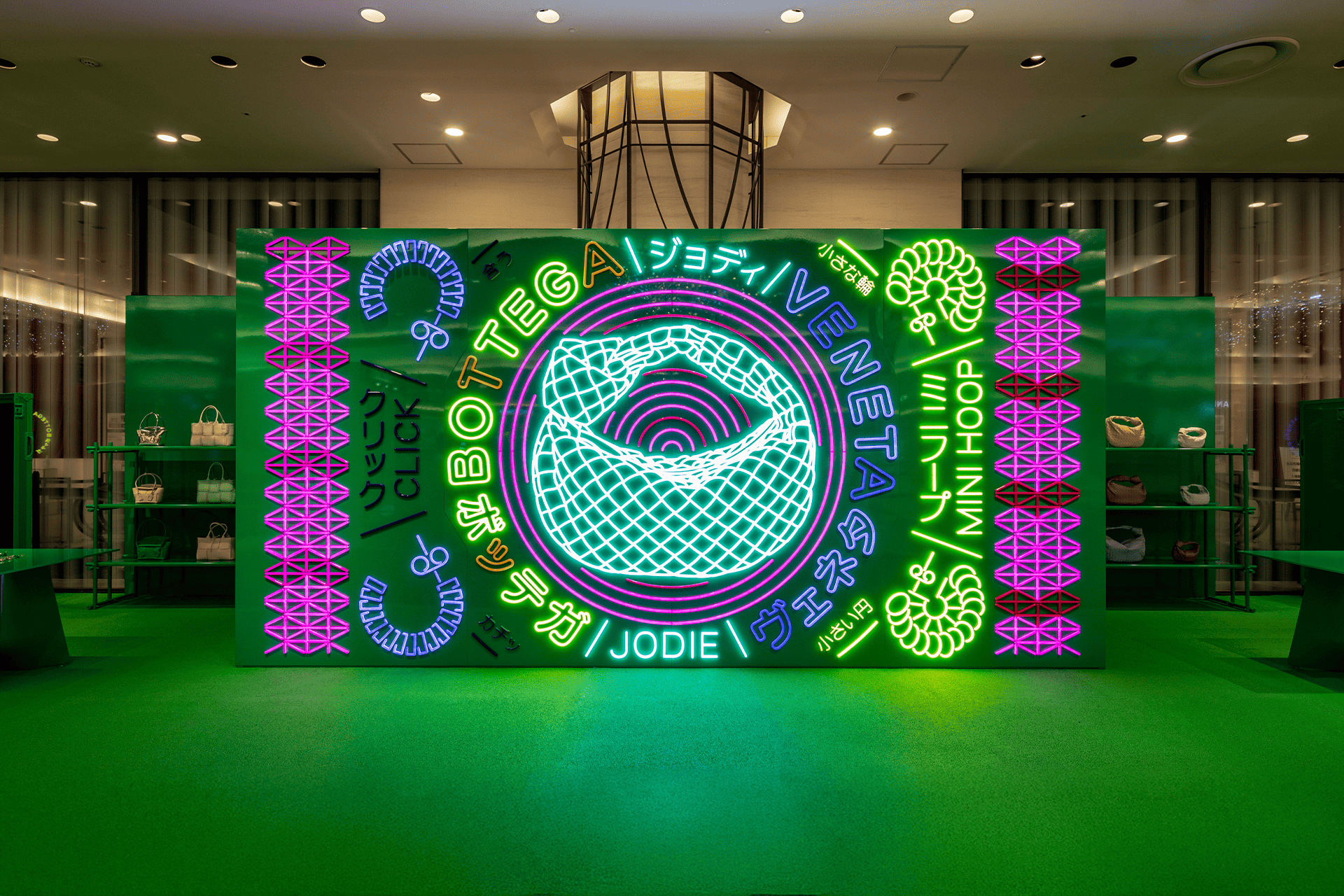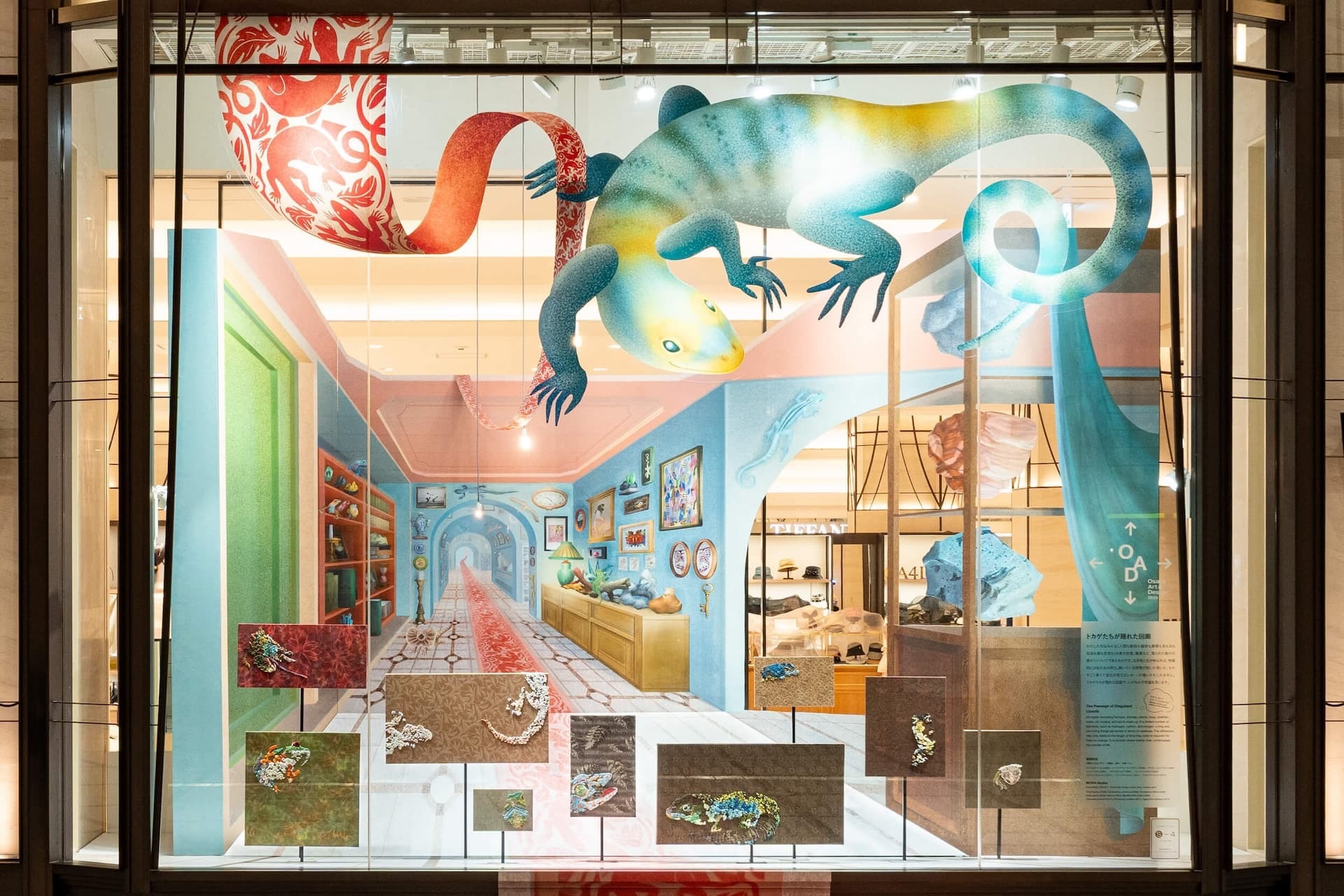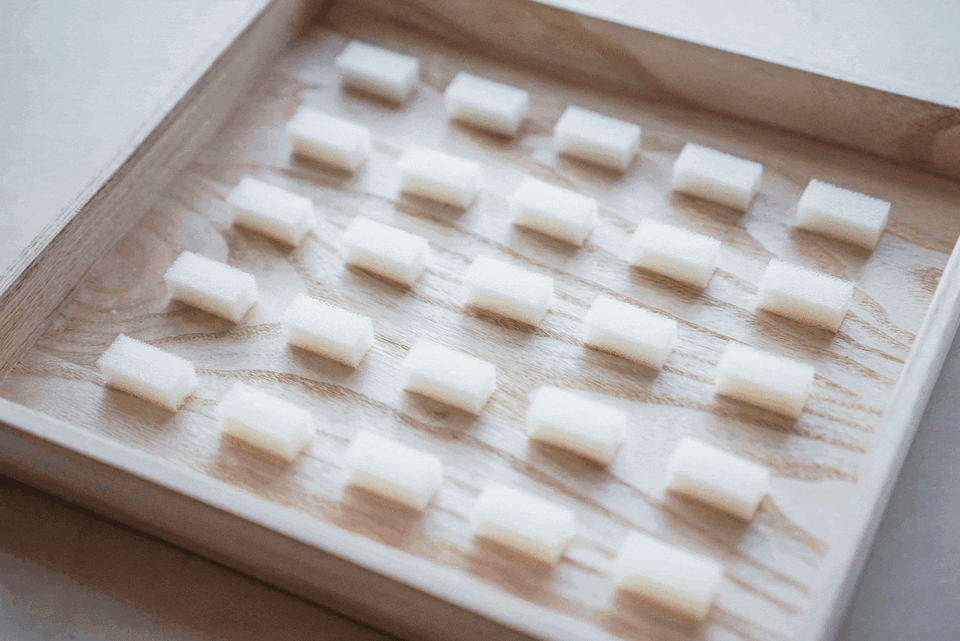The platform "AWRD," which connects creators and projects, presents its new series, "AWRD meets GLOBAL CREATORS" (#AMGC).
Focusing on the theme of "New Sensibilities," this series highlights cutting-edge creators from around the world—designers, artists, and more—exploring their creative processes and the unique cultures of their respective countries.
For its sixth installment, we interview artist Yuko Hara, who won the Grand Prix in the Art category of the Shirokane 5-chome Award, a creative competition jointly organized by KIGI × OFS and AWRD.
She employs a unique technique of firing chamotte, a sand-like material, at high temperatures to create works that engage deeply with nature and space. Her pieces, characterized by their free-form expression, exude a delicate, ephemeral beauty.
Ahead of her solo exhibition at OFS GALLERY in February 2025, we spoke with her about her creative philosophy and sources of inspiration.
— Can you tell us again about the award-winning work from the 2018 "Shirokane 5-chome Award"?
The piece "The scene3," which won in the "Shirokane 5-chome Award vol.3 – Art" category, emerged during a period when I was struggling to handle a newly discovered material. I was desperately trying to shape it into a three-dimensional form, and the work was born through that process of trial and error. Rather than representing something specific, it took shape organically as I explored the material. I named it "The scene" as a metaphor for that evolving situation.
Later, as I refined my approach for the finalist exhibition, where the Grand Prix winner would be selected, I further developed the work into "Yukurimeku." This piece expresses delicate, ephemeral moments—like the tiny flickers of light that appear when you close your eyes. It captures the emergence of fragile, unspoken ideas, subtly surfacing from the wall.
The works that stemmed from "Yukurimeku" will be presented in my upcoming solo exhibition.
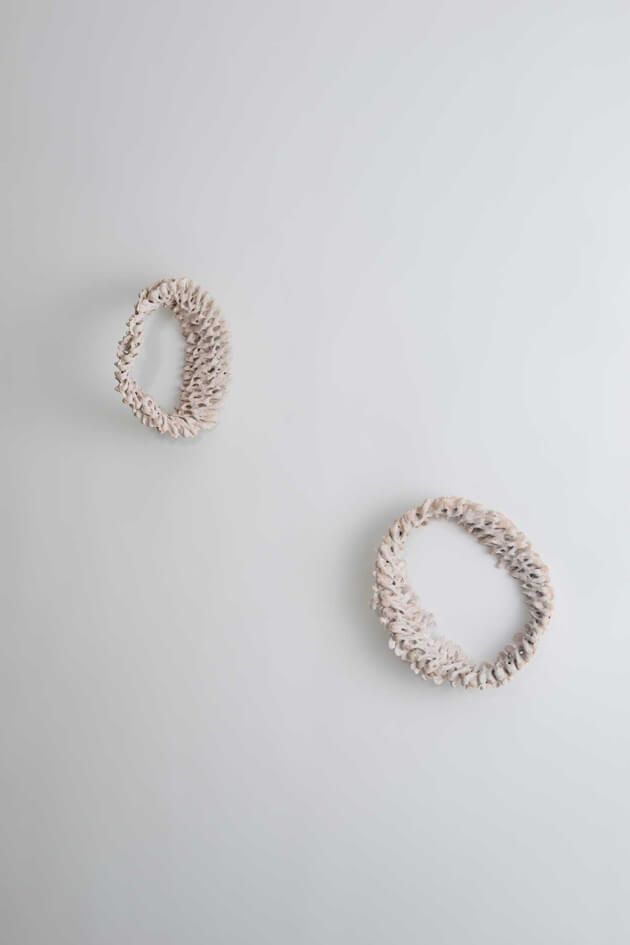
— You use a unique technique of firing the sand-like material "chamotte" at high temperatures. What inspired you to start working with this method?
When I was a university student, I was given an assignment titled "Drawing → Sculpture." For this task, I created forms out of clay based on pastel drawings. However, when I turned the drawings into three-dimensional objects, I became frustrated with the inherent constraints of sculpture—having a base, being affected by gravity, and having defined contours.
That feeling stayed with me, and I began searching for ways to create ceramics that felt soft and light. This led me to reconsider materials, and in 2016, I started working with chamotte as my primary medium.
— You place yourself in "unfamiliar" creative environments rather than working with predetermined forms. What do you value most when working within such uncontrollable conditions?
To explain what I mean by "unfamiliar," I intentionally create my works upside down, so that the visible surface upon completion remains hidden during the process. This approach allows me to explore form without making immediate visual judgments.
When I place my pieces in the kiln, I only see the final surface after firing. Sometimes, unexpected outcomes occur—some of which are difficult to accept. However, I focus on responding flexibly to the forms that emerge, trusting in the material's inherent properties. I believe that by doing so, I move closer to creating the "soft ceramics" I seek.
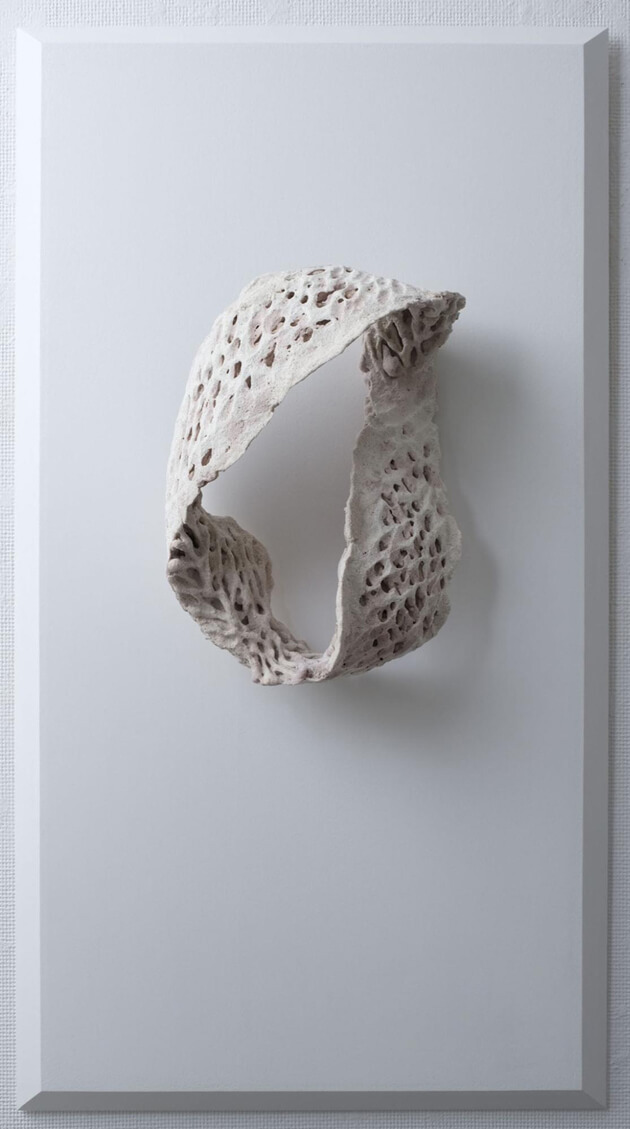
— Your upcoming solo exhibition, "Seeing the Other Side," at OFS GALLERY in February will feature new works centered around your "Window" series, which you began during the pandemic. Did facing an "invisible entity" like the virus lead to any new realizations or changes in your creative process?
During that immeasurable crisis, many people carried feelings of frustration and helplessness. More than the virus itself, I was deeply afraid of how the world grew darker as loneliness and anxiety spread. It was especially painful to witness harsh words directed at those infected—reactions that lacked imagination and empathy toward an unseen presence.
Experiencing those days in isolation led me to contemplate the boundary between inside and outside, which ultimately inspired me to use "windows" as a central motif in my work.
— Do you think being born in Japan and Japanese culture have influenced your work?
I hadn’t really considered how Japanese culture influenced me until I participated in an artist residency in the United States. However, through that experience, I realized that Japan has a deeply rooted ceramic tradition, making the material familiar to us in everyday life and allowing it to evolve from functional objects into artistic expression.
Because I was born in Japan, I naturally gravitated toward ceramics as my form of expression. It was through conversations with artists from different fields in the multicultural environment of the U.S. that I became fully aware of this influence.
— Do you have any recommended places for finding inspiration?
I don’t have a specific place. I travel often, but I tend to get inspired during the in-between moments—while waiting for a train or a flight, lost in thought.
Perhaps being in an unfamiliar environment heightens my senses, allowing inspiration to strike more easily.
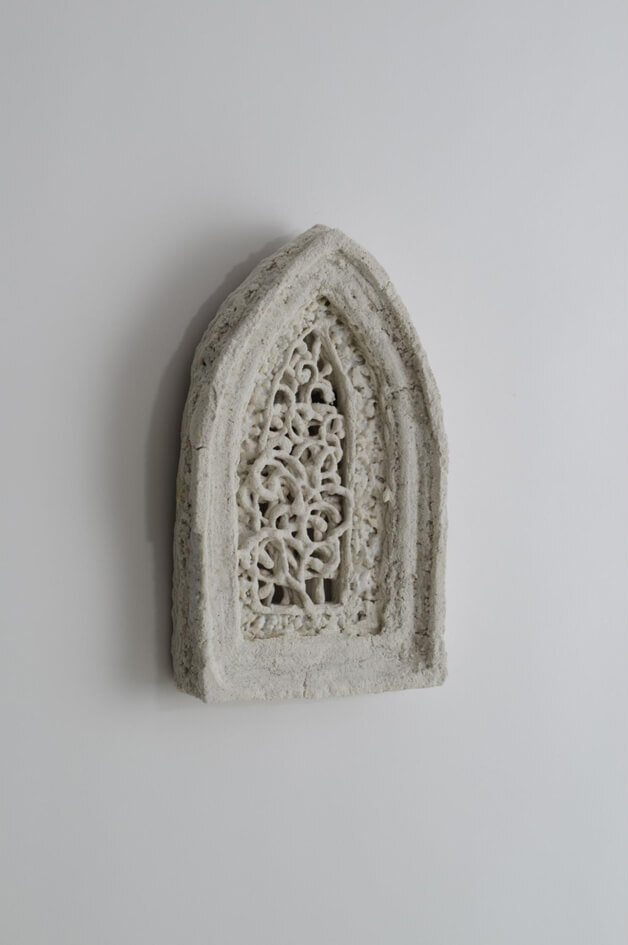
— Are there any challenges you’d like to take on in the future? (Also, please share any upcoming exhibition or event details.)
I would love to organize an exhibition in collaboration with artists from different fields. In my solo exhibitions, I have always been mindful of how my works interact with space, but I’m excited to explore how they might resonate with artworks made from different materials.
I will be holding my solo exhibition, "Seeing the Other Side," at OFS GALLERY from February 13, 2025.
This exhibition will center around my "Window" series, which I began after winning the Grand Prix at the Shirokane 5-chome Award in 2018 and later developed during the pandemic. The new works explore the "profile of nature" as seen through a window—capturing fleeting, indirect glimpses of the world beyond.
Profile:
Yuko Hara
Yuko Hara is an artist from Kanagawa, Japan. Studied ceramics at Tama Art University. She develops her work using a unique technique she discovered—firing the sand-like material chamotte at high temperatures.
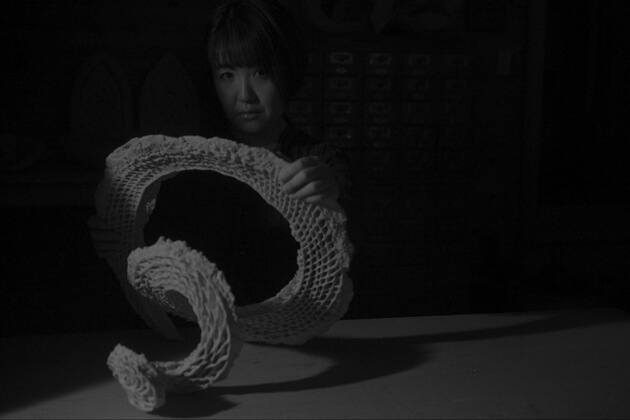
photo by Mick Park
Links
Website:https://www.yukohara.com/
Instagram:https://www.instagram.com/hara_yuko_ceramics/
AWRD Websile:https://awrd.com/en/creatives/user/4109697/profile
KIGI x OFS presents Shirokane 5-chome Award
https://awrd.com/en/series/shirokane_award
KIGI x OFS presents Announcement of Results for the "Shirokane 5-chome Award vol.3 – Art" Category!
https://awrd.com/en/award/shirokane_awrd_vol3/result
Editor: AWRD Editorial Team
■Event Information
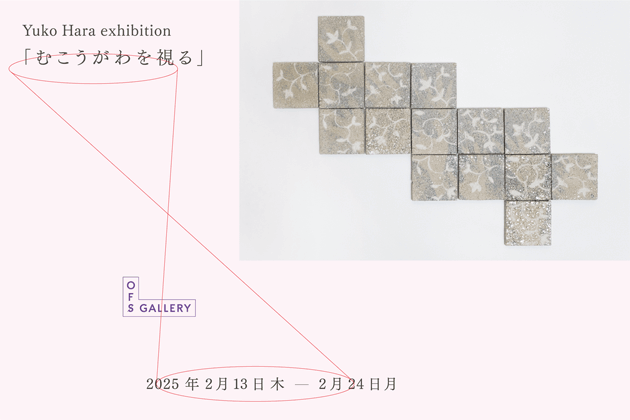
Yuko Hara Exhibition "Seeing the Other Side"
Dates: February 13 (Thursday) – February 24 (Monday), 2025
Hours: 12:00–20:00 (until 18:00 on the final day)
Closed: Tuesday and Wednesday
Venue: OFS GALLERY
Organized by: OUR FAVOURITE SHOP, Inc.
Website: https://ofs.tokyo/gallery/yukohara/
